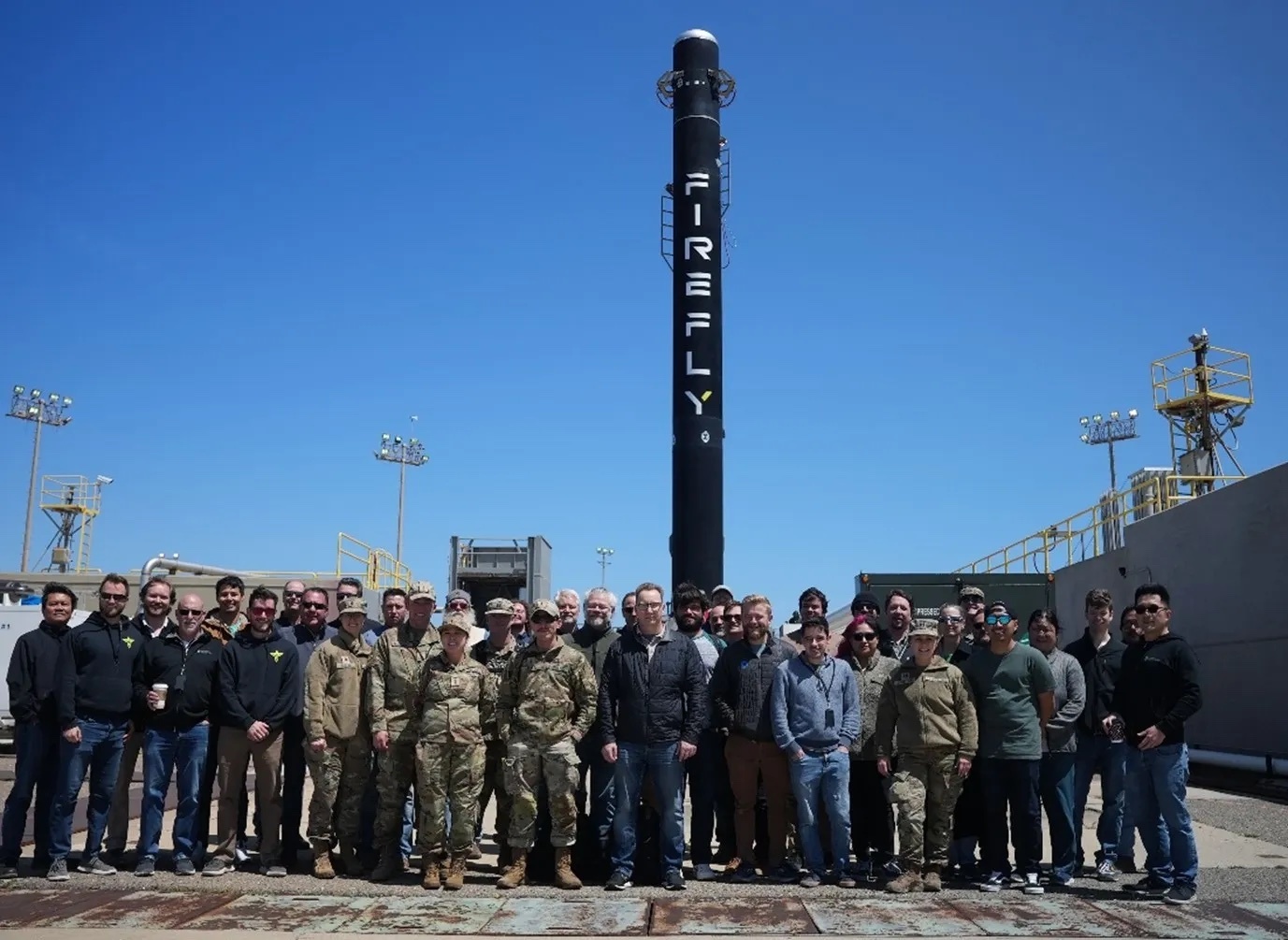1.09.2023
Launch provider Firefly and satellite manufacturer Millennium Space officially entered a six-month “hot standby phase” and are waiting to receive the notice to launch

Launch provider, Firefly and payload provider Millennium, on Aug. 30, 2023, moved into the hot standby phase and wait the call-up to launch the Victus Nox mission for the U.S. Space Force. Credit: Firefly
WASHINGTON — Firefly Aerospace and Millennium Space Systems announced Aug. 30 that they are standing by waiting for orders from the U.S. Space Force to prepare to launch a satellite on short notice.
The companies were selected last year to conduct a demonstration of a rapid-response space mission to low Earth orbit known as Victus Nox.
Although this mission has been promoted as a 24-hour call-up, it is being planned in multiple stages and the companies have spent months rehearsing and preparing. The intent of the demonstration is to help the Space Force and the space industry contractors figure out processes to accelerate the planning and execution of national security missions.
Firefly and Millennium are now officially in a six-month “hot standby phase.” At any point during that time the Space Force will give the companies an alert notification, kicking off a 60-hour window to transport the payload to Firefly’s launch site at Vandenberg Space Force Base, California. conduct fueling operations and integrate it with the Alpha rocket’s payload adapter.
Space Force officials will then issue Firefly a launch notice with the final orbit requirements. Firefly will then have 24 hours to update the trajectory and guidance software, encapsulate the payload, transport it to the pad, mate to Alpha, and stand ready to launch at the first available window.
The payload is a small imaging satellite built by Millennium Space, a subsidiary of Boeing. It will fly on Firefly’s expendable Alpha small-satellite launcher.
‘Multiple rehearsals’
“We’ll be setting a new standard, proving nominal launch operations can be completed in a matter of hours rather than weeks to months,” said Bill Weber, CEO of Firefly Aerospace.
Once the payload is deployed in low Earth orbit, Millennium will attempt to activate the satellite in less than 48 hours, and then begin to track and image objects in orbit.
“What we’re doing with Victus Nox has never been done before,” said Jason Kim, CEO of Millennium Space Systems.
In preparation for the mission, Firefly said, it manufactured and tested major vehicle components and engine, and conducted a static fire. Firefly and Millennium also completed multiple rehearsals in preparation for launch, which included packing and delivering a satellite mockup to Firefly’s integration facility at Vandenberg Space Force Base to practice launch operations within the prescribed 24 hours.
Quelle: SN

